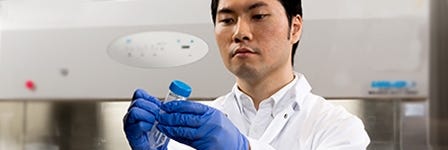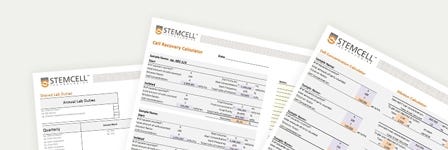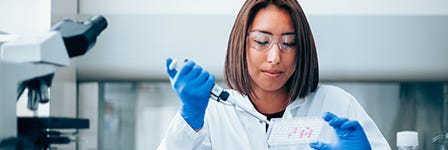How to Share Lab Duties Effectively

In every lab there are routine tasks that must be completed to ensure the lab runs smoothly and safely. In most labs, these tasks are shared amongst members to some extent and may include general cleanup and maintenance duties (e.g. defrosting freezers, preparing common stock reagents, and ordering reagents).
Follow these tips to streamline the planning and completion of common lab tasks.
Create a lab cleanup and maintenance checklist.
Create a comprehensive checklist for lab cleanup and maintenance that includes separate sections for daily, weekly, monthly, quarterly and yearly tasks. Use a shared spreadsheet so that tasks can be checked off once completed and easily tracked by everyone in the lab.
Have you taken the #TidyLab challenge? Read tips for tidying up your lab >
Delegate common tasks to specific lab members.
Task assignment should take into consideration the nature and frequency of each task as well as the existing workloads and schedules of each lab member. Some tasks (e.g. buffer preparation) may be completed as needed, whenever the person responsible has time, or when stocks are running low. Some labs organize official lab cleanup “parties” where everyone works together to complete their tasks at the same time.
Keep a reagent recipe book.
Keep an easily accessible binder or electronic folder containing recipes for commonly used reagents (e.g. buffers) and ensure all lab members are fully trained to prepare shared reagents.
Create rules for monitoring reagents.
Establish and maintain clear rules about reagent inventory management. While every lab has different needs and approaches, each lab member should participate in reagent monitoring, particularly for supplies they commonly use in their own experiments.
Download Lab Duty Spreadsheets
Every lab should have their own list of cleanup and maintenance tasks and shared lab duties to maximize efficiency. Use these templates as a starting point to develop your own.
Efficient Tools and Technologies for Research
Accomplish more in less time and with less effort by making smarter choices for the tools you use in the lab, including cell isolation and cell culture technologies.



